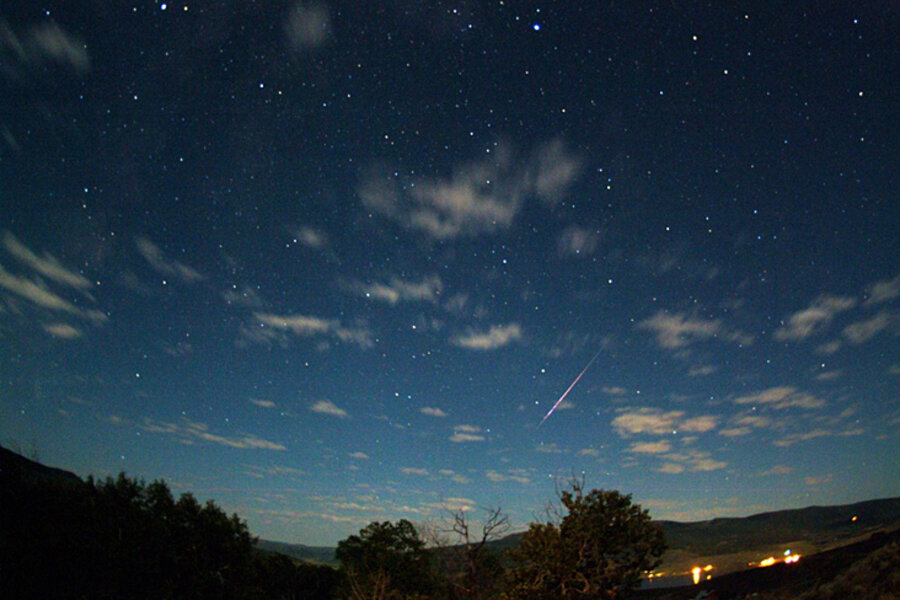Fireballs and shooting stars: Why Perseid meteor shower is so spectacular
Loading...
The Perseid meteor shower happens every August, but this year is special: the coincidence of the annual meteor shower with a new moon this week means the shooting stars will stand out against a particularly dark backdrop. But what is a meteor shower to begin with?
First of all, the shooting stars we see streak across the sky are not really stars – they are meteoroids. The light that is visible to the eye is the trail of hot air left by a space rock falling toward Earth, according to NASA.
“A meteor is a space rock – or meteoroid – that enters Earth's atmosphere,” NASA says. “As the space rock falls toward Earth, the resistance – or drag – of the air on the rock makes it extremely hot. What we see is a ‘shooting star.’ That bright streak is not actually the rock, but rather the glowing hot air as the hot rock zips through the atmosphere.”
The meteors themselves are formed from particles left behind by asteroids and comets, and they enter our atmosphere when the earth passes through a trail of debris. The Perseids – named for the constellation Perseus, near which the meteors appear – come from the comet known as Swift-Tuttle. The Christian Science Monitor writes,
The space debris from Comet Swift-Tuttle streak into the Earth’s upper atmosphere at around 130,000 miles per hour, lighting up the night sky with swift-moving Perseid meteors. If our planet happens to pass through an unusually dense clump of comet debris, then an elevated number of meteors can be visible.
A hallmark of Perseids is its fireballs. Fireballs are larger explosions of light and color that can last longer and shine brighter than an average meteor streak, due to the fact that fireballs originate from larger particles of comet debris.”
According to NASA, the ideal day and time to watch this year’s Perseids meteor shower will be early Thursday morning at around 4 a.m. Eastern time. At that time, up to 100 meteors will be visible per hour.








